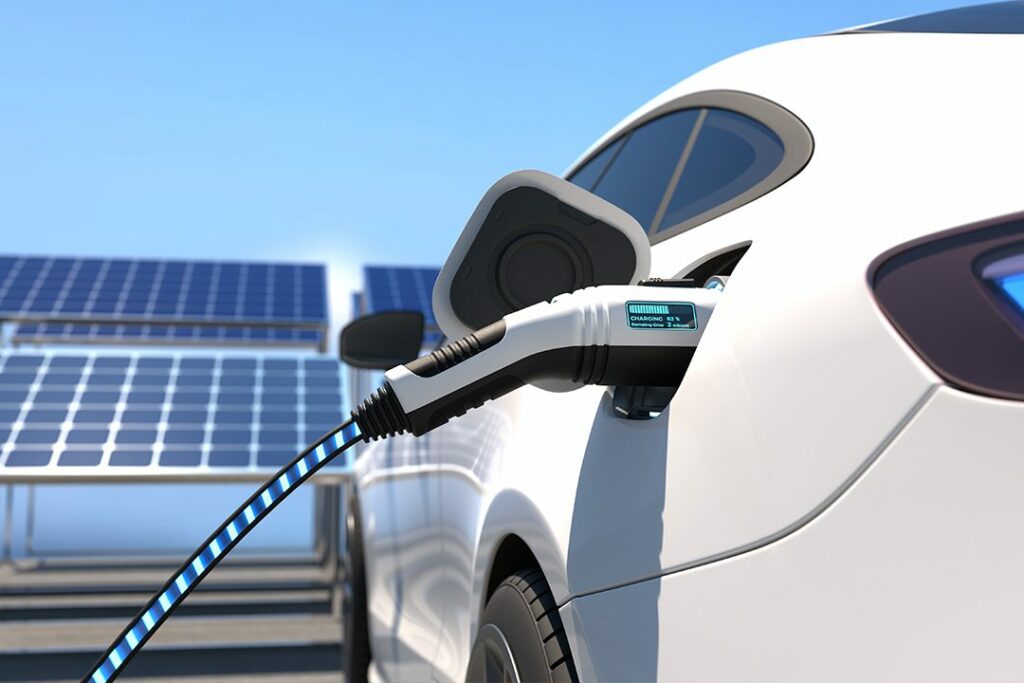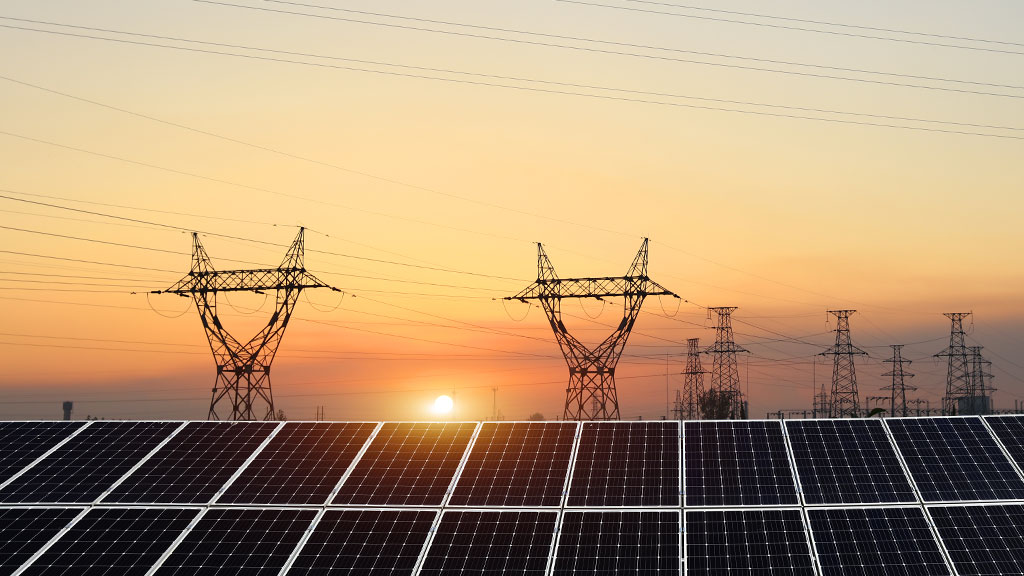As electric vehicles (EVs) become more common in Australia, many homeowners are asking: can I use my EV to power my home? With advances in Vehicle-to-Home (V2H) and Vehicle-to-Grid (V2G) technology, the answer is increasingly yes. These innovations allow EVs to do more than just drive—they can store and supply energy, creating new possibilities for energy management and savings.

Understanding V2H and V2G
What Is V2H?
Vehicle-to-Home (V2H) technology enables EV owners to use their car battery as a backup power source. The stored energy in the EV can be directed into the home during peak hours, outages, or at night when solar generation stops. This reduces reliance on the grid and can lower electricity costs.
What Is V2G?
Vehicle-to-Grid (V2G) goes a step further. Instead of just powering your home, this technology allows EVs to send excess energy back to the grid. This benefits homeowners by potentially earning credits on their electricity bills while also helping stabilise the energy network.
Both technologies require compatible EV models, a bidirectional charger, and a supportive energy management system.
Why Solar and EVs Make the Perfect Match
While V2H and V2G are exciting, they work best when combined with a solar system. Solar panels generate energy during the day, which can be stored in your EV battery. Without solar, you may still be charging your EV from the grid, which could limit cost savings.
By using solar, you reduce reliance on fossil fuels and make the most of your EV’s storage capacity. During peak sunlight hours, you can charge your car with free solar energy. Later, when electricity prices rise, you can use the stored power from your EV to run your home.
The Role of a Solar Battery in Your System
Adding a home battery further enhances this setup. Here’s why:
- Increased Energy Independence – A solar battery allows you to store energy during the day and use it at night. This reduces dependence on the grid and maximises your savings.
- Reliable Backup Power – In case of a blackout, a home battery can provide a steady power supply, ensuring critical appliances stay on.
- Optimised Charging for Your EV – With a solar battery, you can manage when and how your EV charges, ensuring you use solar energy first before drawing from the grid.
How to Set Up V2H or V2G
Setting up a V2H or V2G system requires careful planning and the right equipment:
- Choose a Compatible EV – Not all EVs support bidirectional charging. Models like the Nissan Leaf and some Hyundai and Kia EVs offer this capability.
- Install a Bidirectional Charger – Unlike standard EV chargers, a bidirectional charger enables energy to flow both ways.
- Upgrade Your Home’s Electrical System – A certified electrician ensures your home is equipped to handle V2H or V2G connections.
- Integrate with Solar and Battery Storage – Combining solar panels and a home battery with V2H maximises efficiency and cost savings.
- Work with Your Energy Provider – If using V2G, check for available programs that compensate you for sending energy back to the grid.

The Benefits of Using Your EV for Home Power
Using your EV as a power source comes with multiple advantages:
- Lower Energy Costs – Powering your home with stored EV energy can reduce reliance on expensive grid electricity.
- Emergency Backup – In case of a blackout, your EV can act as a generator.
- Grid Support – Through V2G, you can contribute to a more stable and reliable energy grid.
- Better Solar Utilisation – With V2H, excess solar energy can be stored in your EV and used when needed.
Financial and Environmental Benefits
Lower Energy Bills
With V2H, homeowners can reduce their electricity costs by using their EV battery to power their home during peak tariff hours. V2G users can even earn money by sending power back to the grid when demand is high.
Government Incentives
Australia continues to encourage EV adoption and renewable energy integration. While V2G and V2H policies are still evolving, many homeowners benefit from solar rebates and EV incentives, reducing initial setup costs.
Reduced Carbon Footprint
Using solar power to charge an EV and then using that stored energy at home significantly reduces fossil fuel use. This supports Australia’s clean energy goals and lowers household emissions.

Challenges and Considerations
While the benefits of V2H and V2G are clear, there are some challenges:
- Limited EV Compatibility – Not all EVs currently support bidirectional charging. Popular models like the Nissan Leaf and select Hyundai and Mitsubishi vehicles are leading the way, but wider availability is needed.
- Charging Infrastructure – Bidirectional chargers are essential for V2H and V2G functionality. These are more expensive than standard chargers and require professional installation. These chargers aren’t cheap, typically costing around $3,500.
- Regulatory Approvals – V2G technology requires cooperation with energy providers. Australian regulations are still developing, which may impact how soon this technology becomes mainstream. Car manufacturers must ensure their chargers comply with new standards, while distribution networks need to approve models for grid use. Trial projects like the Realising Electric Vehicle-to-Grid Services in the ACT and the Amber/ARENA trial in NSW demonstrate that some technical requirements can be met. However, integrating these changes nationwide will require time and money.
Is It Worth It?
The feasibility of using your EV to power your home depends on your specific energy needs. If you already have solar panels and a battery, adding V2H or V2G can further increase energy efficiency. However, initial setup costs, such as a bidirectional charger and electrical upgrades, should be considered.
As technology evolves, more EV models and energy providers will support V2H and V2G systems. Investing in a solar system, a home battery, and a compatible EV can future-proof your energy independence while reducing costs and environmental impact.
What Does the Future Hold?
As technology advances, more EV models will support V2H and V2G. The Australian government and energy providers are working towards integrating bidirectional charging into the national grid. By 2030, these solutions could be standard in many households.
For homeowners considering solar and EVs, now is a great time to plan for future integration. Investing in a solar system and battery storage today can prepare your home for bidirectional ch
Final Thoughts
Yes, you can use your EV to power your home in Australia in 2025, but the extent depends on your setup. V2H and V2G technologies are emerging solutions that, when combined with solar and battery storage, offer financial savings and energy independence. As more EV models adopt bidirectional charging, homeowners will gain greater control over their energy use and costs.
If you’re considering solar and an EV, talk to a renewable energy specialist to explore the best setup for your home. With the right system in place, your EV can become more than just a car—it can be a key part of your home’s energy solution.